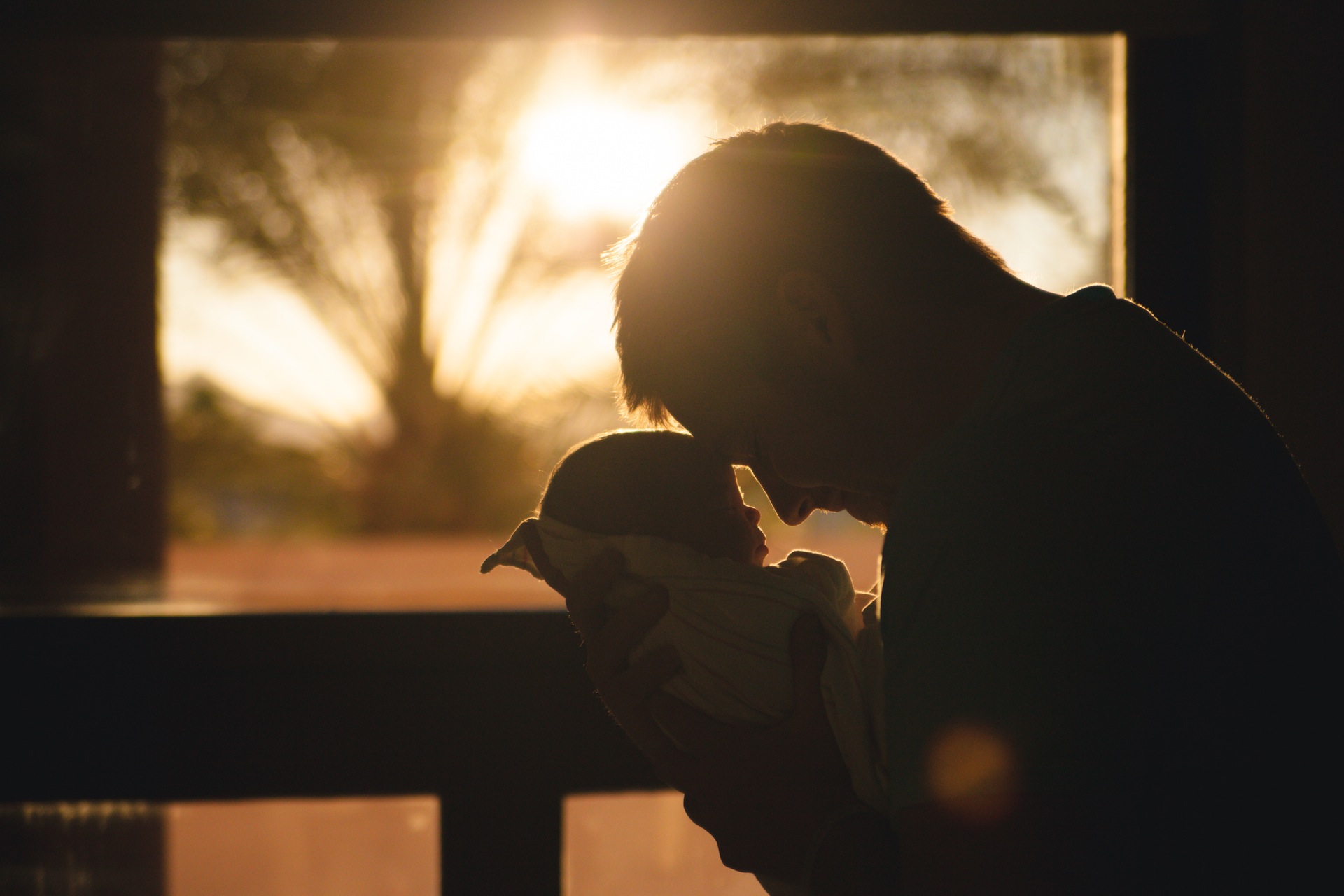Modern Families and Restaurant Diaper Duty
3 Min Read By MRM Staff
The changing family structure is challenging the structure of restaurant changing rooms.
The changing family structure is challenging the structure of restaurant changing rooms.
Brandon Gerson, president at marketing agency Mak & Ger, believes in taking a hands-on parenting role that includes diaper duty.
“The American Academy of Pediatrics released a study on the epidemiology of father involvement in parenting and child development, and to no surprise, a positively involved father is a good thing for all,” he said. “Dads who change diapers are now a thing, helping alleviate mothers from this responsibility. While many dads now embrace the diaper changing responsibility, our societal infrastructure still needs to catch up.”
Gerson pointed out how it’s not easy for a dad to change his child’s diaper when they are outside of the home.
“Dads are crafty. Sure, we can change our kid on a car, or table, or mailbox or whatever, but when a men’s restroom has a clean Koala Kare or some other nice setup, that is epic. While my wife regularly uses public restrooms that have a diaper changing solution in place, it is a rarity in the men’s room. Too often when the family visits a restaurant, or goes out in general, the diaper changing burden defaults back onto mom.”
Adding changing stations is becoming the norm in restaurant design, according to Mimi Williams, an Associate Partner at starrdesign, a Charlotte, NC based architectural and design firm.
“We actually put changing stations in both men’s and women’s restrooms for nearly every restaurant we design,” she said. “While this is our decision, some of our clients even require this. From an architectural standpoint, there aren’t any regulations or requirements that say you must have them in the bathrooms. From a design standpoint, there is often more wall space in the men’s bathrooms anyway due to the urinals. In most restaurants the men’s and women’s restrooms are laid out essentially the same, so there’s really no reason to put a changing table in one versus the other.”
Anthony Coppola, a member at the Alexandria, VA law firm Coppola & Jabaly, said legal efforts are being made to address the issue.
“Recently a group of dads including Ashton Kutcher has been pushing for baby changing stations in public men’s restrooms. And the federal government has passed a law called the Bathrooms Accessible in Every Situation Act, aka the BABIES Act, which requires changing stations in the restrooms of public federal buildings. Federal law does not require that private companies install changing stations. For now, they are largely an amenity. But increasingly, changing stations in both men’s and women’s restrooms are seen not as a luxury amenity, but as an essential feature.”
Williams and Coppola note that the financial impact on businesses can be minimal a some name brand stations can cost as little as $200.

Coppola said businesses should consider several important legal issues:
- First, consider the Americans With Disabilities Act compliance. Since changing stations stick out of the wall, they have the potential to block individuals with mobility issues. Fortunately, most of the companies that sell the stations have already considered this issue. And many have compliance literature on their websites.
- Regardless, when buying a station, it is important to verify the station’s compliance and that the installer puts it in the bathroom in a way that complies. It is also worth checking whether any state disability protections come into play.
- Second, virtually every area in the United States has building codes of one form or another. Most allow for changing stations in public restrooms, but it is important to verify that the installation complies with the codes in your area or make certain that your contractor will be responsible for such compliance.
- Finally, the last thing business owners want is to get sued because an amenity, offered out of kindness, ends up hurting someone. This comes back to proper installation. It is essential to buy a quality station and have it installed by someone who knows what they are doing. No one wants a nightmare scenario to occur: a changing station falling off the wall with a baby on it.
“The demand for changing stations in both men’s and women’s bathrooms is growing. These stations are relatively inexpensive and when installed properly provide a great amenity to customers,” he said.
Gerson points out other tangible benefits to the restaurants.
“It would behoove family friendly restaurants to consider this,” he said. “Yes, margins in this industry are of the slimmest, but installing one of these units is not cost prohibitive. The one-time costs are quickly off set by the benefits of loyalty and positive word of mouth marketing, both online and off. Restaurants that offer this amenity to dads are by default supporting equal rights. Why should this be a mothers’ burden? Help a dad to take on this role in your facility.”

